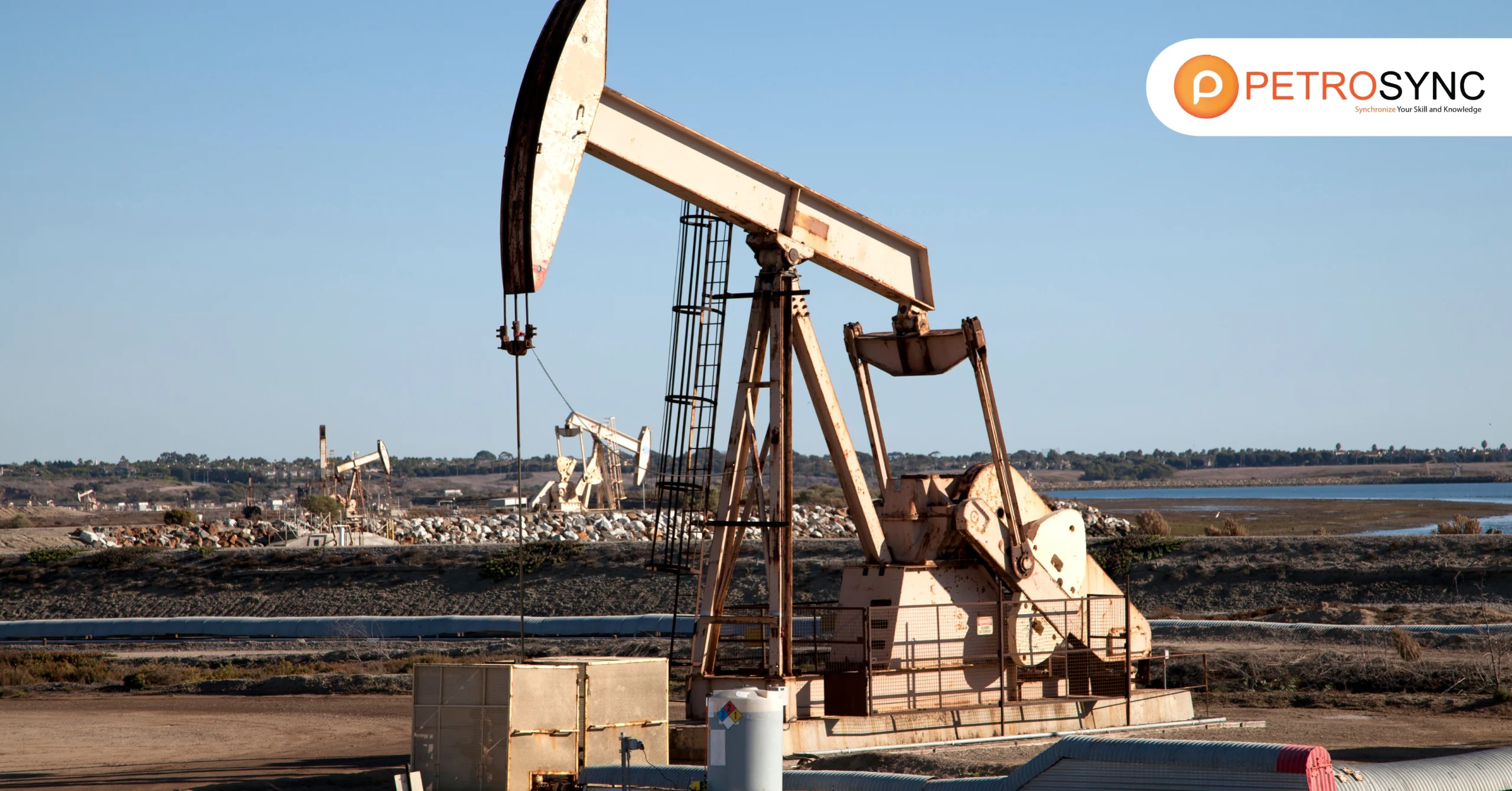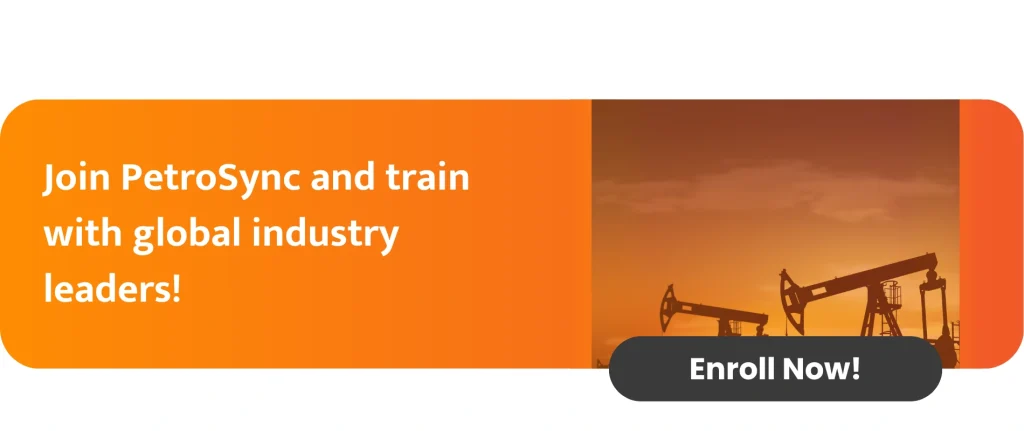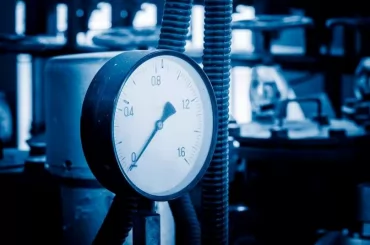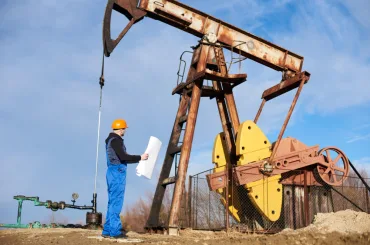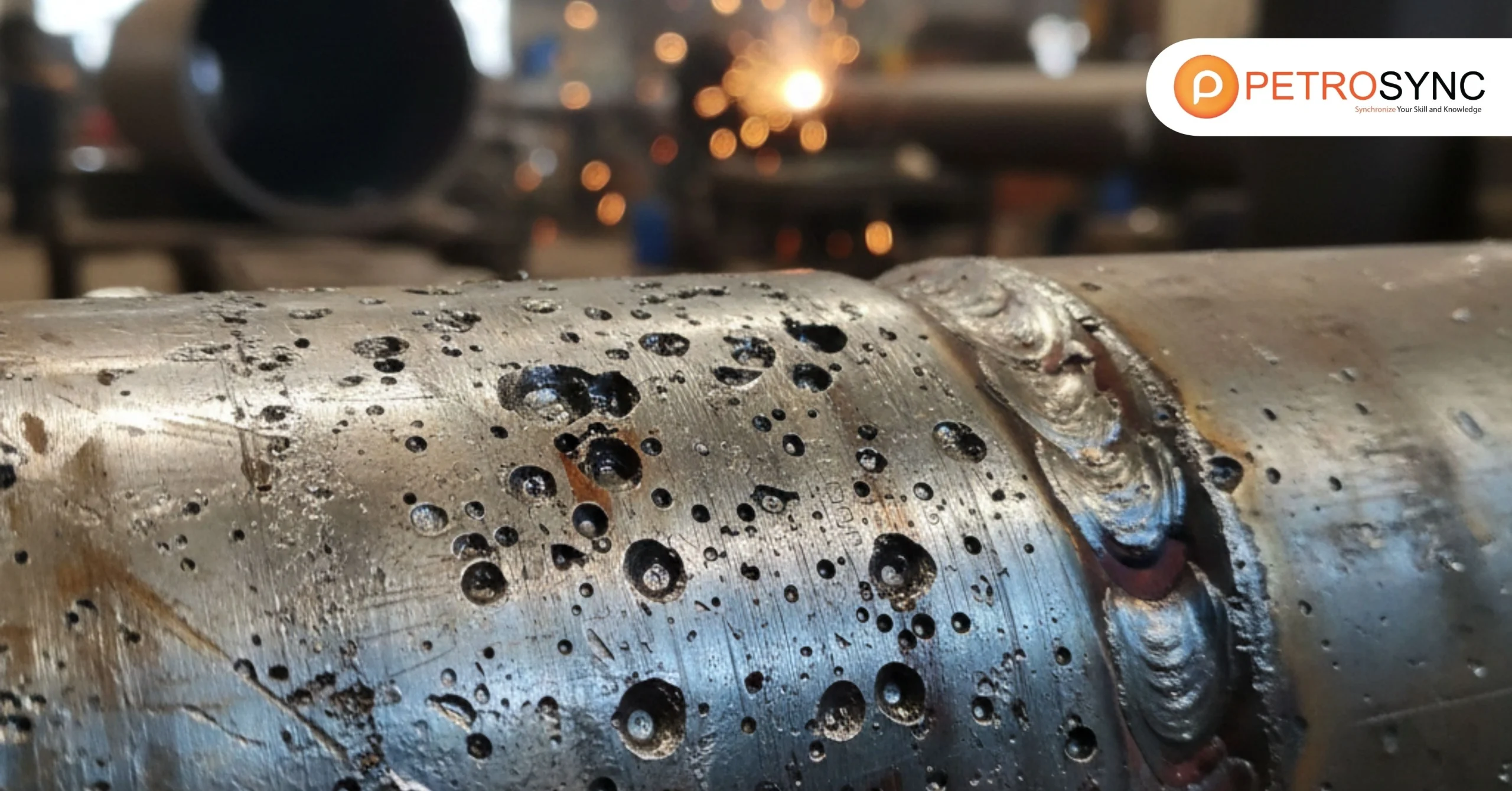In the evolving narrative of world energy, oil continues to play a central feature in powering economies and enabling industrial progress. Yet, at the lower back of each barrel lies an challenging machine considered as oil drilling – a self-control that desires technical precision, environmental stewardship, and strategic foresight.
As world consumption rises and electricity markets shift, appreciation the dynamics of oil drilling is no longer simply for engineers, however for senior leaders and decision-makers navigating the industry’s future.
This article takes a deeper appear into the fundamental elements of oil drilling, clarifying frequent questions and highlighting its developing relevance in today’s electricity matrix. For gurus looking for no longer simply facts however transformation, we’ll additionally talk about how specialised coaching can empower executives to lead with confidence.
What is drilling oil?
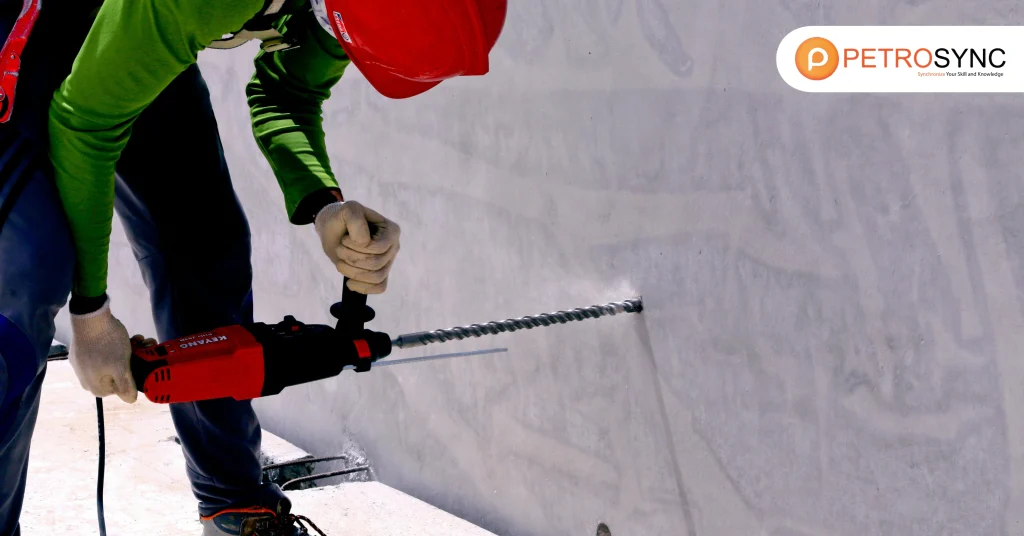
Drilling for oil is the mechanical process of penetrating the Earth’s surface to access hydrocarbon deposits located beneath rock formations. Typically, this manner starts with geological surveys to become aware of possible reservoirs. Once a web site is chosen, a drilling rig is set up to bore a gap (wellbore) deep into the ground, regularly heaps of meters beneath the surface.
The essential intention is to acquire a porous rock formation that holds crude oil, which can then be extracted to the flooring for refining and use. This gadget requires a combo of geoscience, engineering, logistics, and environmental management. Advances in horizontal drilling and hydraulic fracturing have in a similar way elevated the effectivity and economic viability of oil extraction.
Oil drilling is not limited to land. Offshore oil drilling – described in our previous article – targets undersea reserves using specialized floating or fixed rigs.
What is a good oil for drilling?
When we refer to “a appropriate oil for drilling,” it normally capacity drilling fluid – in many instances recognized as drilling mud. This fluid is crucial for stabilizing the wellbore, lubricating the drill bit, eliminating cuttings, and controlling formation pressure.
There are several types of drilling fluids:
- Water-based mud (WBM): Cost-effective and environmentally friendly, often used in shallow wells.
- Oil-based mud (OBM): Offers superior lubrication and thermal stability, suitable for deeper or high-temperature formations.
- Synthetic-based mud (SBM): A compromise between performance and environmental impact
The want of drilling fluid depends upon on geological conditions, environmental regulations, and economic considerations. A well-formulated mud can highly restrict drilling time and operational risks, translating to heaps and hundreds in fee savings.
Is drilling for oil safe?
Oil drilling, by nature, involves working in high-pressure environments with volatile materials. However, with modern technologies and strict safety protocols, it has become considerably safer over the past two decades.
Safety in oil drilling is governed by multiple layers :
- Engineering controls: Blowout preventers (BOPs), pressure control systems, and real-time monitoring technologies.
- Operational procedures: Standardized drilling practices, well control training, and risk assessments.
- Regulatory compliance: National and international bodies such as API, OSHA, and ISO enforce rigorous safety standards.
According to a 2023 file via the International Association of Oil and Gas Producers (IOGP), implementation of protection administration structures has led to a 60% discount in misplaced – time incidents (LTIs) globally over the previous decade.
Moreover, digital transformation – thru predictive analytics and digital twins – is permitting agencies to foresee and stop gear disasters earlier than they occur. AI-powered options now screen drilling parameters in actual – time, decreasing human error and improving choice – making.
What kind of oil is used in drilling?
The term “oil used in drilling” can be interpreted in two main ways:
1. Drilling Fluids (Oil-Based):
As mentioned earlier, OBM is a kind of drilling fluid made the usage of diesel or mineral oil as the base. It affords extraordinary lubricity and is resistant to contamination.
2. Lubricants and Hydraulic Fluids:
Machinery on drilling rigs – such as rotary tables, top drives, and mud pumps – requires industrial-grade lubricants and hydraulic oils. These ensure seamless mechanical performance under high pressure and variable temperatures.
High – performance drilling operations rely on selecting the correct fluids, which reduce wear and tear, improve energy efficiency, and extend equipment lifespan. Choosing the wrong oil or mismanaging fluid systems can result in blowouts, well collapse, or environmental hazards.
Furthermore, as sustainability becomes a global mandate, many drilling operations are shifting toward biodegradable and synthetic oils that meet both performance and environmental criteria.
Boost Your Skills with PetroSync Training – Join Now!
Staying updated with the latest skills and insights is essential for leaders in the oil and gas industry. PetroSync offers practical, real-world training tailored specifically for senior professionals who are ready to lead with greater confidence and impact.
Whether you intention to enhance drilling performance, optimize operations, or reinforce your leadership, PetroSync’s coaching applications supply treasured equipment and validated techniques to assist you grow. Join the many executives who have skilled measurable advantages thru our specialised courses.
With coaching modules masking superior drilling engineering, nicely integrity, risk-based maintenance, and operational safety, PetroSync helps your non-stop improvement with content material that aligns with present day enterprise demands. Participants frequently report measurable improvements—such as increased operational efficiency, reduced downtime, and more strategic decision-making.
By joining PetroSync’s expert-led training, professionals gain access to targeted modules that reflect the latest industry challenges and solutions. These programs actively help you improve operational excellence and equip you to stay ahead in leadership roles—especially in high-stakes environments like drilling and exploration.
Many of our participants report renewed clarity in their decision-making and stronger alignment between technical execution and strategic goals. For anyone serious about long-term growth in oil and gas, PetroSync is a powerful investment in your future. Join the many executives who have experienced measurable benefits through our specialized courses.
Take the next step in your professional journey – enhance your expertise with PetroSync today.
Don’t wait- join PetroSync and unlock your leadership potential in oil and gas today.

Results-oriented and thorough SEO specialist with extensive experience in conducting keyword research, developing and implementing digital website promotion strategies and plans, managing campaigns to develop company websites in the digital world, excellent knowledge of marketing techniques and principles, and attentive strong attention to detail.

